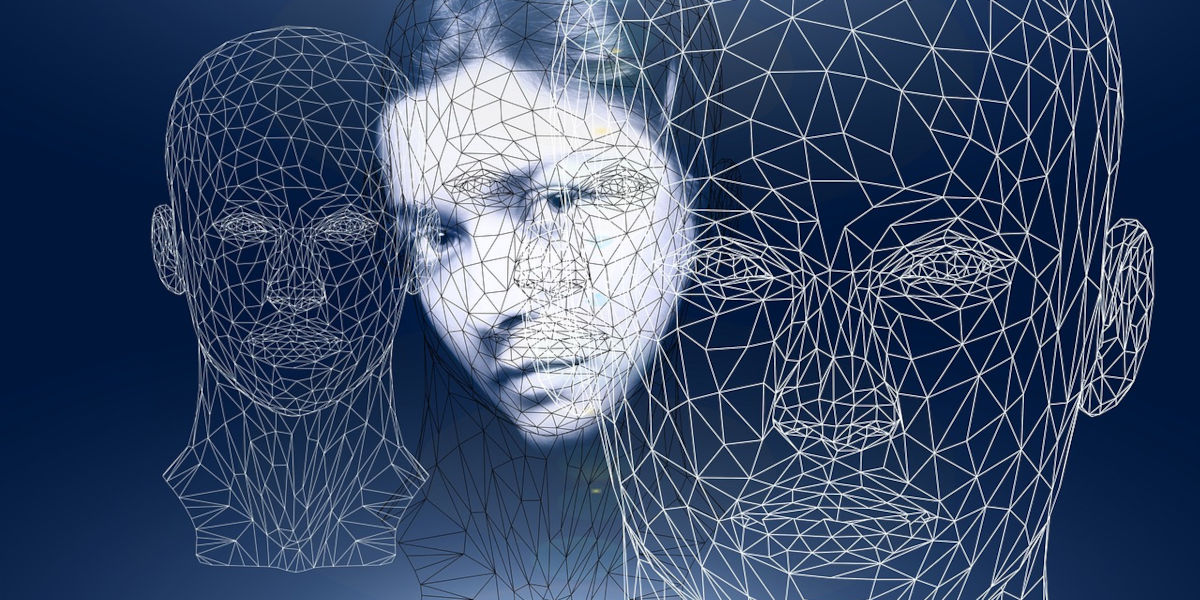Stigma, misconception, and speculation - those are often the first words that come to mind when the topic is Dissociative Identity Disorder (DID). Dissociative Identity Disorderóa phrase that, by itself, can invoke fear and misunderstanding. The reality, however, is far removed from the sensationalized Hollywood depictions and mystery-thriller narratives. Stripping away the layers of myth, let's embark on an in-depth journey, gaining comprehensive understanding of dissociative identity disorder, its symptoms, and legitimacy.
Understanding Dissociative Identity Disorder: What Is It?
A reaction to overwhelming and chronic trauma during a sensitive developmental stage of childhoodóthis is the essence of Dissociative Identity Disorder (DID). Formerly known as Multiple Personality Disorder, DID is a complex, multifaceted, yet widely misunderstood psychological condition. Individuals affected by DID house at least two distinct and enduring personas, known as alters, each possessing unique memories, behaviors, thoughts, and emotions. This condition, a veritable survival mechanism, allows the individual to detach or dissociate from a traumatic reality.
Recognizing the Symptoms of DID
Dissociation may be something many of us are familiar withóa daydreaming phase when we lose track of time or momentarily forget our surroundings. However, for individuals wrestling with DID, these periods of dissociation transcend fleeting momentsóthey become their reality.
The symptoms of DID are wide-ranging and can echo other mental health conditions, making it difficult to diagnose accurately. Key indicators include the presence of two or more distinct personalities, lasting memory gaps not explained by ordinary forgetfulness, and significant distress or problems in social, occupational, or other areas of functioning.
It's important to recognize that these symptoms metamorphose into forms that are unique to every individual. Some might experience drastic variations in their tastes, beliefs, and attitudes. Some might find unfamiliar items among their belongings, hear voices in their head, or even lose track of time, events, and people. This array of drastic changes can be distressing, disconcerting, and undoubtedly beg the questionóis dissociative identity disorder real?
Is Dissociative Identity Disorder Real?
Doubters and skeptics have often questioned the reality of dissociative identity disorder, perhaps due to its fantastical representation in popular culture or its anomaly of existence amongst mental disorders. But the evidence in favor of DID is considerable and compelling. A multitude of research and clinical encounters substantiate DID's prevalence in global populations. Empirical studies verify that distinct alters can demonstrate variations in numerous parameters, such as handwriting, response to medication, and general behavior characteristics, facilitating the distinction between authentic DID cases and those attempting to feign the disorder.
Indeed, the question of whether dissociative identity disorder is real no longer yields subjective answers. The merits of decades of scientific research and clinical observations attest to the objective reality of DID and its major impact on affected individuals.
Living with Dissociative Identity Disorder (DID) can indeed be a challenging journey not only for those affected but for their friends, family, and support networks too. There is a wide range of experiences that individuals may have, from experiencing periods of amnesia to intense emotional experiences that vary between each identity.
On the other hand, DID also manifests therapeutic and adaptive benefits. For many people living with the condition, it's a creative way that their psyche has developed to cope with trauma. Each identity often holds key aspects of the person's emotions, memory or skills which together, forms a complete and multifaceted individual. Each identity is developed as a means of survival, assisting the individual in navigating complex and often dangerous social and emotional territory.
Understanding and Navigating Life with DID
Those living with DID often require support to navigate the challenges that the disorder presents. It's crucial to understand that each identity has a purpose and role ñ helping the person manage and survive through lifeís complexities. The primary objective when supporting a person with DID is to foster smooth interaction between these distinct identities, rather than eliminating them.
Therapy and Treatment Approaches
Many forms of therapeutic interventions have proven effective for those living with DID. Most of these approaches focus on integrating the various identities, promoting cooperation, and improving overall function. Cognitive behavioural therapy can help individuals develop coping strategies for symptoms like anxiety, depression or self-harming tendencies that often accompany DID. Eye Movement Desensitization and Reprocessing (EMDR) is another therapeutic approach that has shown promise in helping individuals process and integrate traumatic memories.
Overall, the most effective treatment strategies are those that work towards unity and integration of identities. Building connections between dissociated aspects of the self is a crucial step towards healing and wellness. Often, this means working at a slower, more comfortable pace that does not force or rush integration.
The Role of Support Networks
Support networks play a vital role in the well-being of those living with DID. Creating an environment of understanding and acceptance can significantly enhance treatment outcomes. Friends, family members, and professional therapists all form part of this network. By accepting and acknowledging all parts of the individual - all identities - those around the person living with DID can provide essential support during both therapeutic and day-to-day experiences.
Conclusion
Understanding and living with Dissociative Identity Disorder involves accepting its multifaceted nature and seeing it as an adaptive response to trauma rather than a deficit or weakness. Treatment approaches that encourage integration, coupled with supportive networks, can significantly enhance the lives of those affected. Remember, our minds are complex and capable of incredible things, including developing unique strategies like DID to survive and navigate through traumatic experiences.




